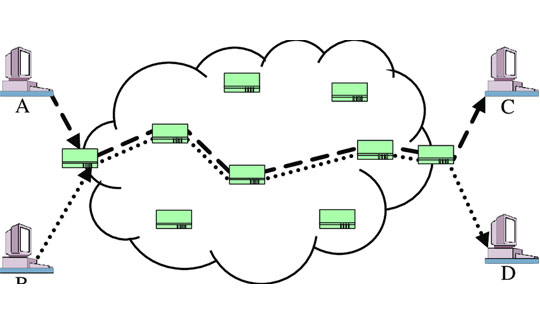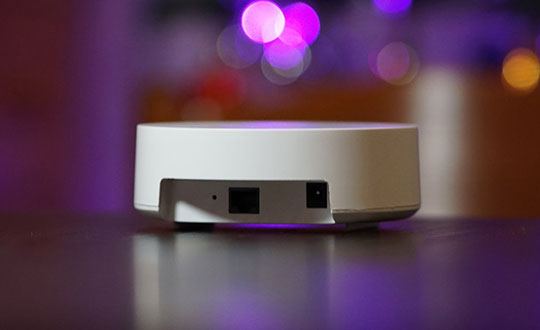Enterprise Networking Solutions

Routing
Routing is how your network traffic is directed to external locations.Whether you’re accessing remote files, cloud applications, or international branch offices, proper routing of your network traffic will streamline these functions.Most businesses rely on WAN (wide area network) or SD-WAN (software-defined wide area network) routing.
WAN (Wide Area Network)
WAN is a network of local area networks (LAN) that’s not bound to a single location.
SD-WAN (Software-Defined Wide Area Network)
SD-WAN is a straightforward way to manage and deploy your WAN with the added benefits of cost reduction and improved connectivity.It uses software to control your connection and manage traffic between data centers, remote locations, and cloud storage.

Switching
Switching handles traffic within your network. It directs data from multiple computers to a specific hardware destination.If you need to access company folders or applications, switching will get you where you need to go.When appropriately configured, switches ensure each device connected to it has sufficient bandwidth.

Wireless Access Points
Wireless access points create a wireless local area network (WLAN) for an office or large building by connecting to a wired router or switch via an Ethernet cable. They project a WiFi signal to a designated area to connect your users.This can be used to extend coverage within a large building (schools, manufacturing plants, office space, etc.) across a college campus or even across a city.

Enterprise Network Security
Your network sees everything, which makes it a common vulnerability for cyberattacks. You must address your network’s security.If a threat reaches your network, it can quickly spread throughout your IT environment. An attack can cause problems with internet connectivity and even crash an entire system.
Firewalls
A firewall protects your network by monitoring incoming and outgoing traffic. By using a set of security rules, your firewall can detect if traffic has the potential to be malicious
DNS Filtration
Whenever you surf the internet, you make DNS queries, which direct you to the website you’re searching for.However, DNS queries create opportunities for exploits, and not all domains are safe. DNS security tools identify unsafe domains and then alert and prevent users from accessing suspected hijacked or malicious domains.

Network Architecture
Network architecture refers to how the above solutions are structured to meet your unique needs.If you lack an intentional network architecture, you’ll need to closely monitor your network. However, when done well, your network architecture understands your organization’s needs and automatically executes functions accordingly.A good network architecture is essential to support your business’s network needs, including VoIP, telecommunications systems, data storage, and more.

